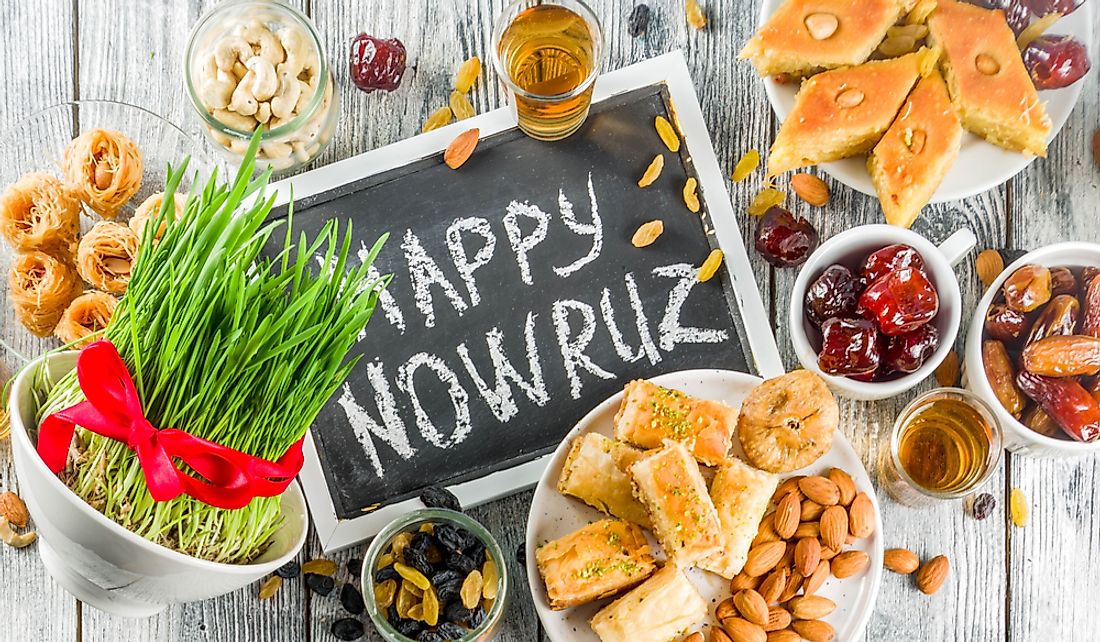What is Nowruz? Iranian New Year

Also called the Persian New Year, Nowruz is the New Year for Iranians. In Persian, the word literally translates to “new day.” For a better understanding of the translation, the word “Nowruz” is actually made up of two words, that is, “now” and “ruz,” which translate to new and day respectively. A number of communities all over the globe, including those that do not have Iranian roots, mark the celebration.
Aside from marking the first day of the Iranian calendar, the day also coincides with the vernal equinox signaling the first day of spring in the Northern Hemisphere. Depending on the region of observation, the day occurs on March 21, March 20, or March 22. The timing of the day is actually based on the Solar Hijri algorithmic calendar.
History of Nowruz
The exact history of the day is a matter of contention as evidenced by several myths about the celebration. For example, the Shahnameh (an epic poem) says that the Iranian King Jamshid is responsible for the foundation of the Nowruz. Another scholar known as Biruni said that the celebration originated from the belief that the earth started motion on Nowruz. In modern years, it has become a national celebration for some countries such as Iran and other Central and Western Asian nations. In addition, it is now a part of the UNESCO list of Intangible Cultural Heritage of Iran since 2010.
Customs For Marking The Day
There are a number of things that people do to mark the day. One such activity is the cleaning of houses and doing some shopping. However, it is important to note that these activities are carried out just before Nowruz. After cleaning, they adorn their houses in decorations such as flowers (especially tulip and hyacinth). Another activity before Nowruz is the gathering of the family members around a Haft-sin table to await the exact moment when Nowruz starts.
On the day itself, people will most likely visit family and friends. As is the case with most communities, the young ones seek out the blessings of the elders. If one visits a house, then he or she is offered a light meal typically involving tea and some snacks. Khoncha is a traditional display on this occasion in Azerbaijan that includes a big silver tray containing green, sprouting wheat and other things. Haft Mēwa is a mixture of seven fruits prepared as a syrup that is served during the ceremony.
Aside from the visitations, the traditional announcers of the day (the Amu Nowruz and the Haji Firuz) take to the streets to celebrate. This practice, however, is mostly common in Iran. The Amu Nowruz is like the Santa Claus of Nowruz since he carries gifts for children. The Amu Nowruz is depicted as an elderly man with silver hair, long beard, and a walking stick.











